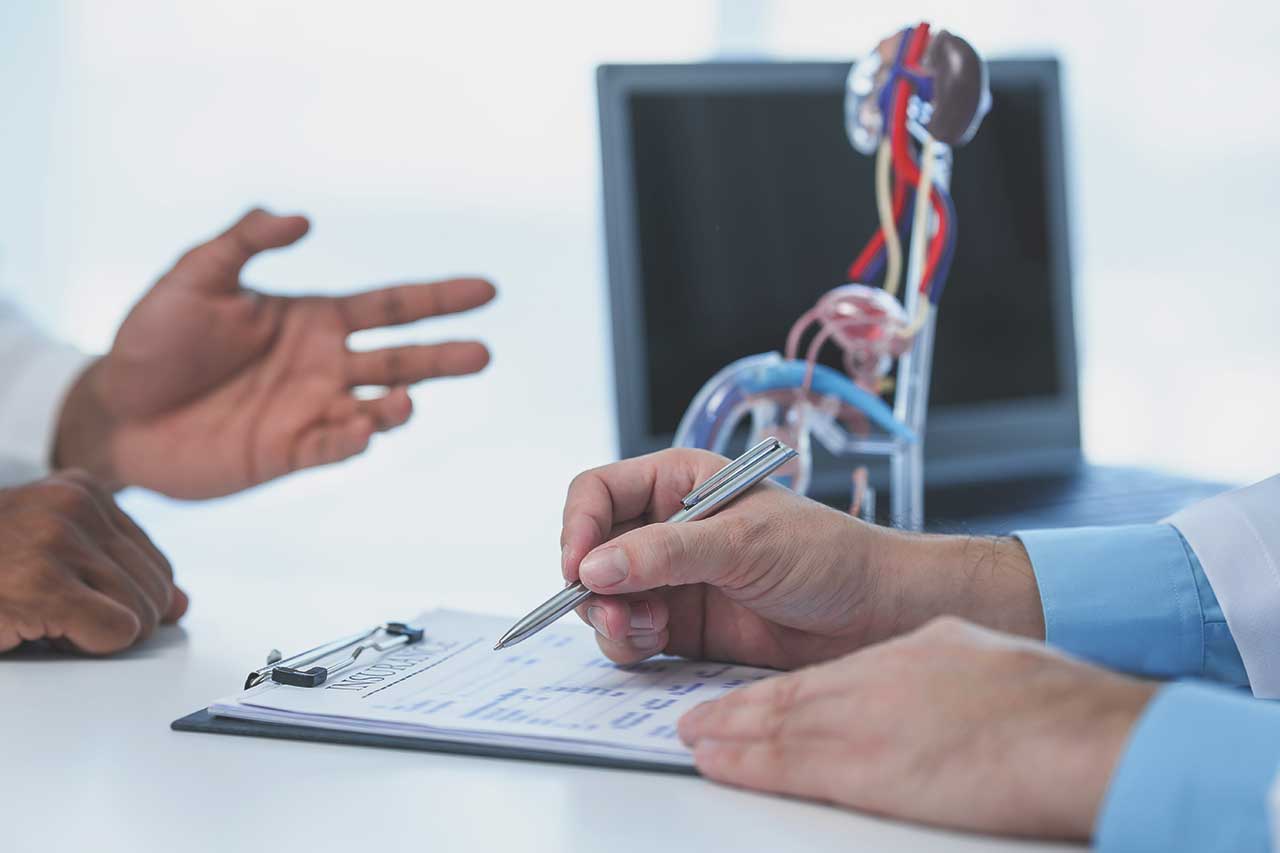Flexible Cystoscopy
Harley Street, London
Mr. Raison, your urological surgeon in Harley Street, London, is here to guide you through the process and answer any questions you may have.
What is a Flexible Cystoscopy?
A flexible cystoscopy is a procedure that allows Mr. Raison to examine the inside of your bladder and urethra using a thin, flexible tube called a cystoscope. This procedure is usually performed under local anaesthetic and is used to:
- Inspect the bladder and urethra for abnormalities.
- Take small bladder biopsies if needed.
- Remove a stent from the ureter (the tube connecting the kidney to the bladder).
- Administer Botox injections into the bladder wall.
Alternatives to Flexible Cystoscopy
- Rigid Cystoscopy: This is performed under general anesthesia and may be recommended by Mr. Raison if needed.
- No Treatment: Opting for no treatment might leave the cause of your symptoms unexplained.

Key Points
- Purpose: Flexible cystoscopy is primarily a diagnostic procedure.
- Uses: It can be used to take biopsies, remove stents, or administer Botox.
- Setting: Usually performed as an outpatient procedure under local anesthetic.
- Recovery: Mild burning during urination is common after the procedure, but side effects are rare.
The Procedure
Consultation
- Review of Medical History: Mr. Raison or a member of his team will review your medical history and medications.
- Consent: The procedure will be discussed with you, and your consent will be confirmed.
Procedure Details
- Anaesthesia: The procedure is typically carried out under local anaesthetic.
- Antibiotics: You may receive antibiotics before the procedure after checking for any allergies.
- Local Anaesthetic: A jelly containing local anaesthetic is instilled into your urethra to ensure comfort.
- Cystoscope Insertion: The cystoscope is gently inserted through the urethra into the bladder.
- Examination: Sterile water is introduced into the bladder to allow Mr. Raison to inspect the bladder lining thoroughly.
- Biopsy and Stent Removal: If abnormalities are found, a biopsy may be taken, or a stent may be removed using the cystoscope.
During the Procedure
- Duration: The procedure typically takes only a few minutes to complete.
- Assistance: A nurse will be present throughout the procedure to assist and provide support.
- After the Procedure: Once the examination is complete, the cystoscope is removed. You will be able to urinate, wash, and dress yourself.
Aftercare
Immediate Effects
- Common Effects: Mild burning or bleeding during urination for a short period is expected.
- Infection Risk: The risk of urinary infection requiring antibiotics is between 1 in 50 and 1 in 100 patients.
Going Home
- Post-Procedure Advice: Drink twice as much fluid as usual for the first 24 to 48 hours to help flush your system.
- Symptoms to Watch: If you experience a fever, severe pain, inability to urinate, or worsening bleeding, contact Mr. Raison or your GP immediately.
- Medications: Any necessary antibiotics or medications will be provided by the hospital pharmacy.
- Follow-Up: A follow-up appointment may be scheduled to discuss further treatment options.
Mr Raison is available for private urology consultations, treatments, and surgical procedures at The London Clinic, Harley Street.
